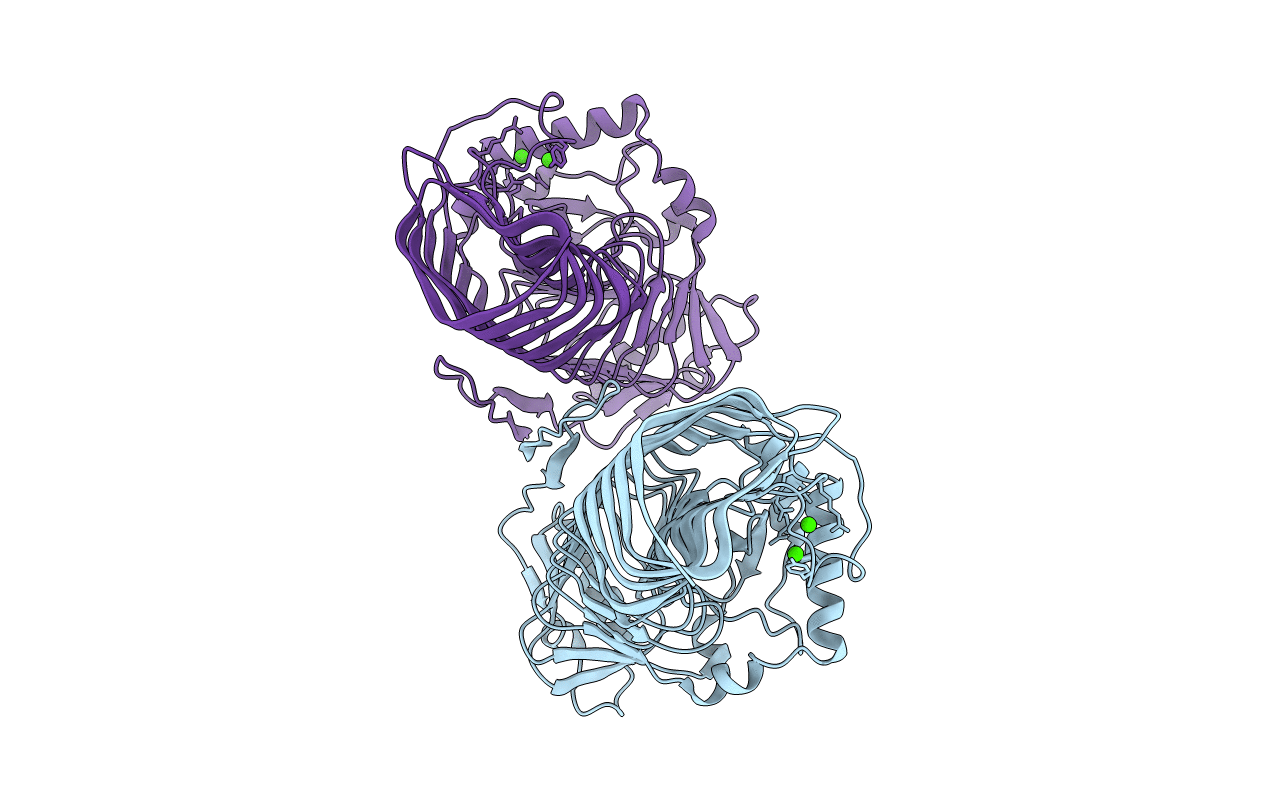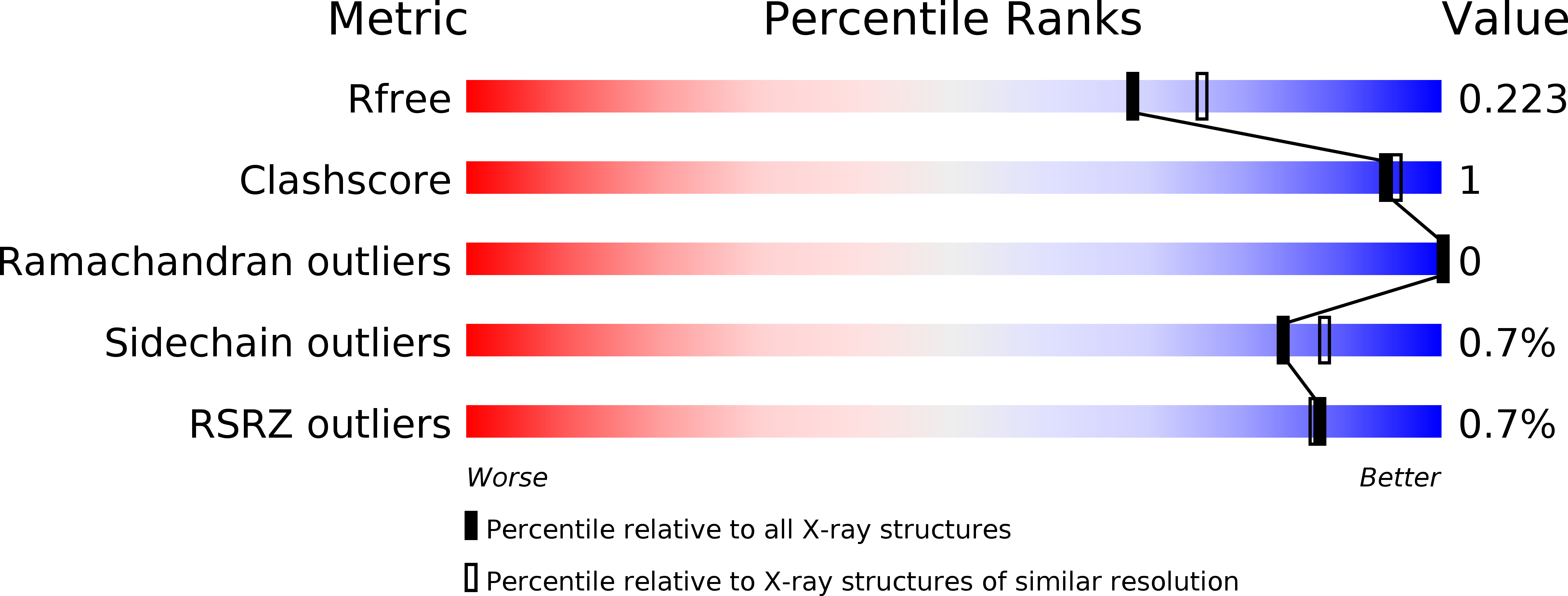
Deposition Date
2017-07-28
Release Date
2017-11-29
Last Version Date
2024-11-20
Entry Detail
Biological Source:
Source Organism:
Host Organism:
Method Details:
Experimental Method:
Resolution:
2.00 Å
R-Value Free:
0.21
R-Value Work:
0.18
R-Value Observed:
0.18
Space Group:
I 4 2 2


